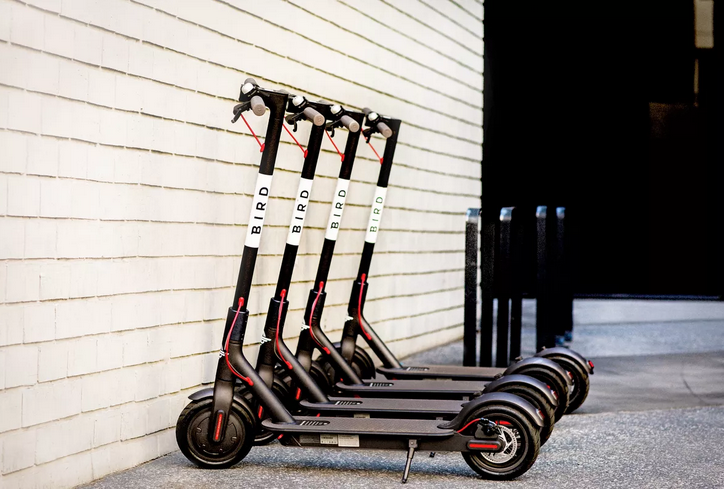There are many potential causes for thumb pain, but the three most common conditions that tend to develop are 1) arthritis, 2) trigger thumb, and 3) de Quervain tenosynovitis. The location of the pain and symptoms can help determine the exact cause of your pain and what your best treatment option may be.
Thumb arthritis as seen on x-ray.
1) Thumb Arthritis
Thumb arthritis is more common with advancing age, and causes pain at the base of the thumb where it meets the wrist. This can cause discomfort with everyday activities that use the thumb, such as getting dressed, writing, opening jars, or pinching and grasping objects. Swelling can be present, and the joint can be very sensitive to the touch. Weakness is also common, and patients may complain of dropping items.
An x-ray can be helpful for diagnosis. The severity of the arthritis and exact location can help with treatment recommendations.
The most common treatments include anti-inflammatories (topical or pills), a brace, or a cortisone injection into the arthritic joint. In severe cases, surgery can be very helpful to treat the arthritic joint.
A commonly used splint for thumb arthritis.
2) Trigger Thumb
Trigger thumb is another common cause of thumb discomfort. It causes pain along the palm side of the thumb, along with a clicking, catching, or a popping sensation when bending and straightening the thumb. Occasionally a painful nodule can be felt.
Common treatments include splinting or a cortisone injection to shrink the swollen and inflamed tendon. Surgery is usually not necessary, but when all else fails, releasing the band of tissue (A1 pulley) that is clasping the tendon and preventing it from gliding smoothly provides a very reliable and effective cure.
Trigger thumb is caused by swelling of the tendon that bends the finger. The abnormal nodule in the tendon prevents the tendon from gliding smoothly, resulting in clicking, catching, or locking when bending the thumb.
3. De Quervain Tendonitis
De Quervain tendonitis causes pain along the thumb side of the wrist, which is worse when moving the thumb, or when pressure is applied to the area. It is caused by swelling of the tendons that extend the thumb, which prevents them from gliding smoothly through their sheath. Swelling is often seen along the wrist, and occasionally a popping or catching sensation can be present along the wrist. It is common in new mothers, after trauma to the wrist, or with overuse (such as cell phones!). Oftentimes it just develops “out of the blue”.
Cortisone injections are extremely effective, and are oftentimes combined with a wrist brace to limit thumb and wrist motion. If the swollen tendons can not be shrunk with rest and anti-inflammatories, occasionally the sheath will be released to allow the tendons to glide smoothly.
De Quervain tendonitis is caused by swelling of the tendons that extend the thumb. This prevents them from smoothly gliding through their tunnel (top image).
If the swelling does not improve with conservative treatment, the roof of the tunnel can be released to allow for smooth and comfortable tendon gliding (bottom image).


